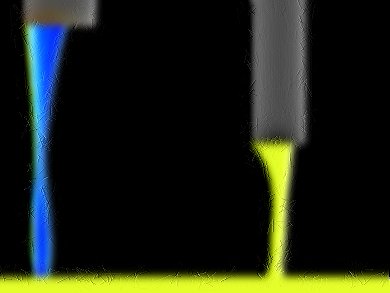Xiaolong Wang, Chinese Academy of Sciences, Lanzhou, and co-workers in Jun Yang’s group, University of Western Ontario, Canada, have developed i3DP (initiator integrated 3D printing), a robust 3D printing approach for printing materials with easy-to-modify surfaces to eliminate the need for multiple 3D printers. A bromine-containing acrylate is added to a 3D printing resin. The acrylate acts as an initiator to allow polymer brushes to grow on the printed surface. Printed 3D structures are then grafted into useful materials by surface-initiated atom transfer radical polymerization.
To test their integrated initiator approach, the group fabricated lattices containing the polymer brushes and modified them to be either superhydrophobic or superhydrophilic. One cubic superhydrophobic lattice was shown to repel a water droplet. Another superhydrophobic structure was in the form as of 2.5 cm diameter hollow mesh ball with 1 mm pores. When filled with water, the ball effectively held the fluid without leakage, even when shaken.
So far, the technique is only suitable for photopolymerization-based 3D printing, but the team is working on printing smaller structures with greater accuracy.
- i3DP, a robust 3D printing approach enabling genetic post-printing surface modification,
Xiaolong Wang,ab Xiaobing Cai, Qiuquan Guo, Tengyuan Zhang, Brad Kobec. Jun Yang,
Chem. Commun. 2013.
DOI: 10.1039/c3cc45817b




